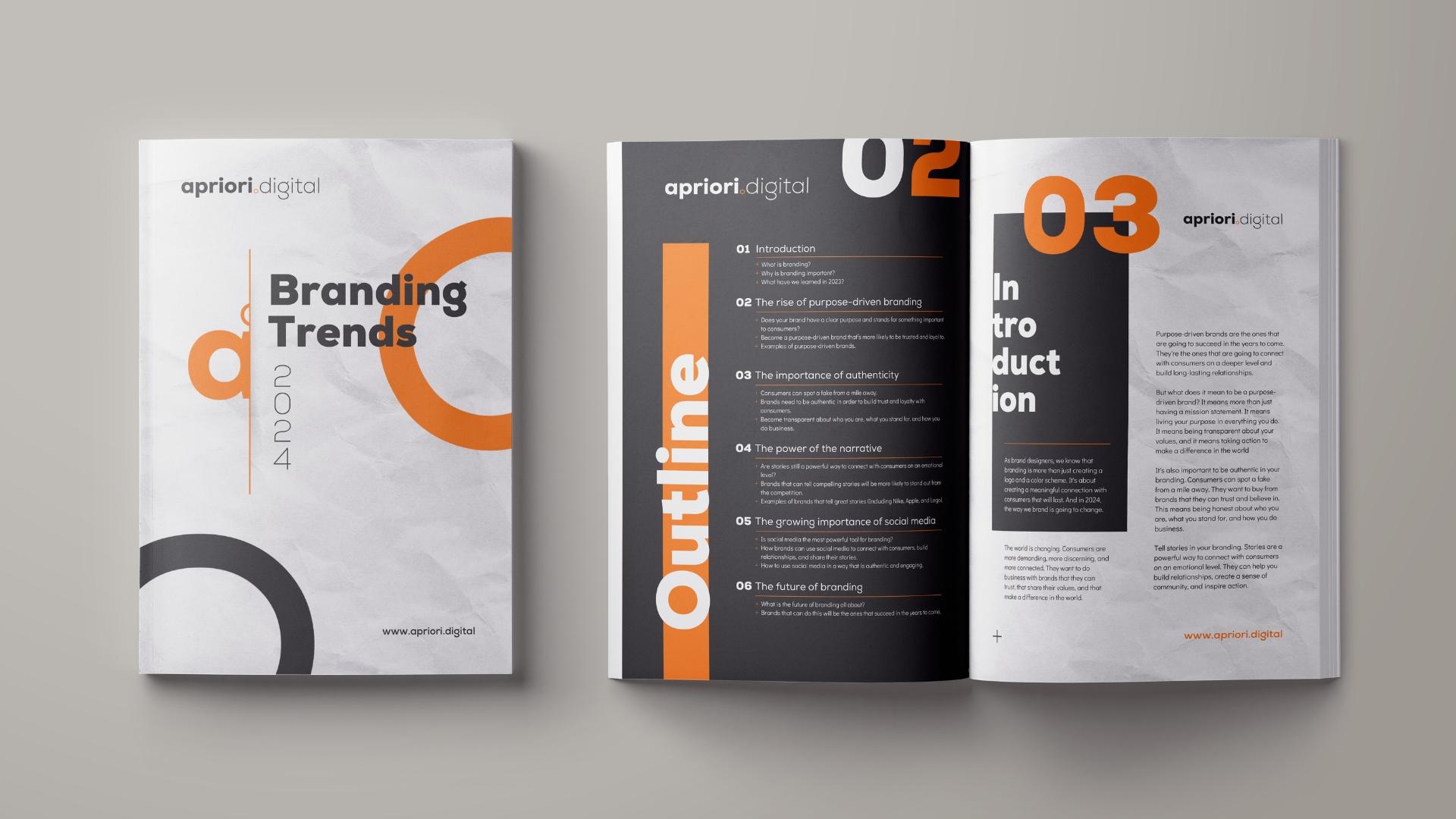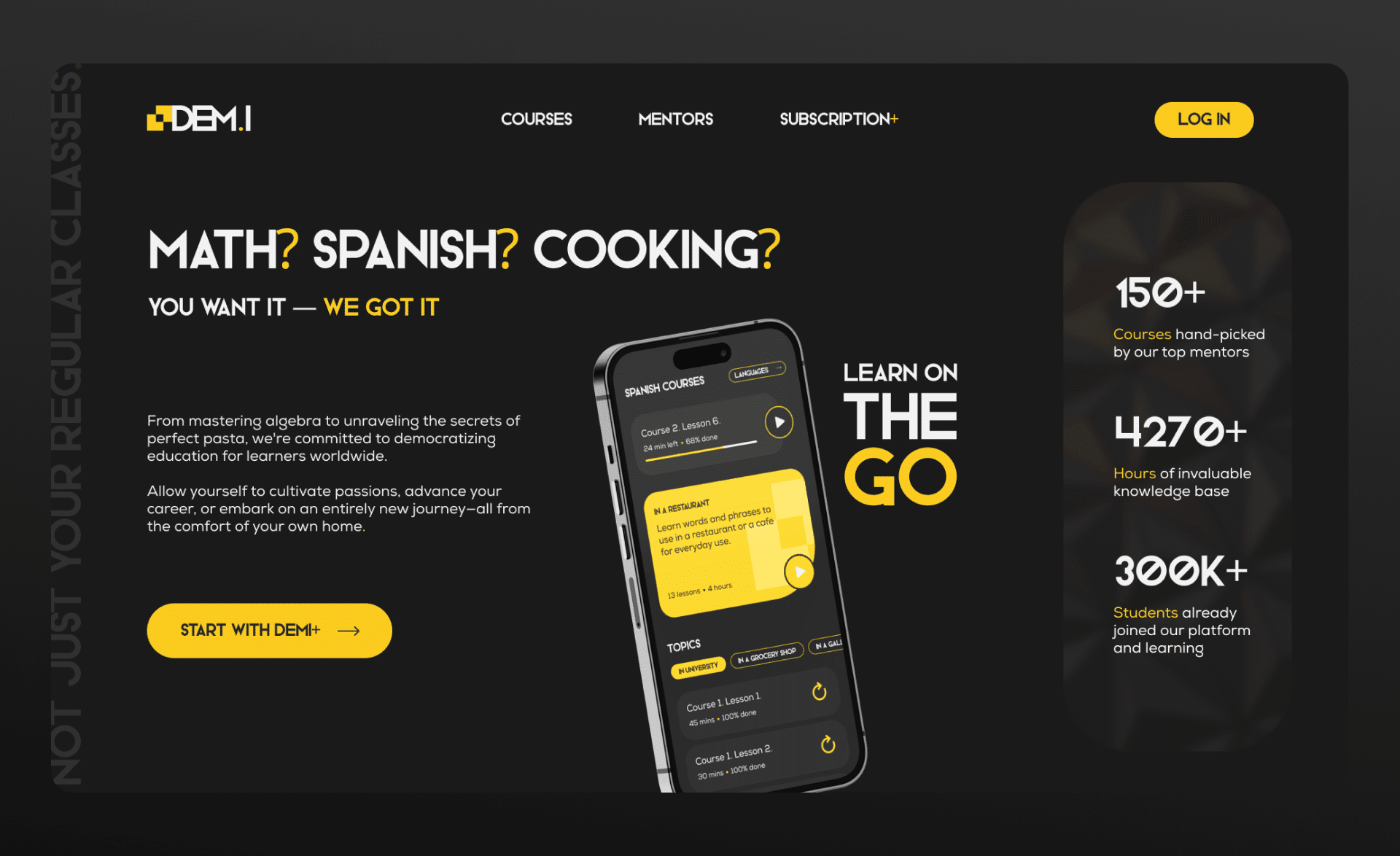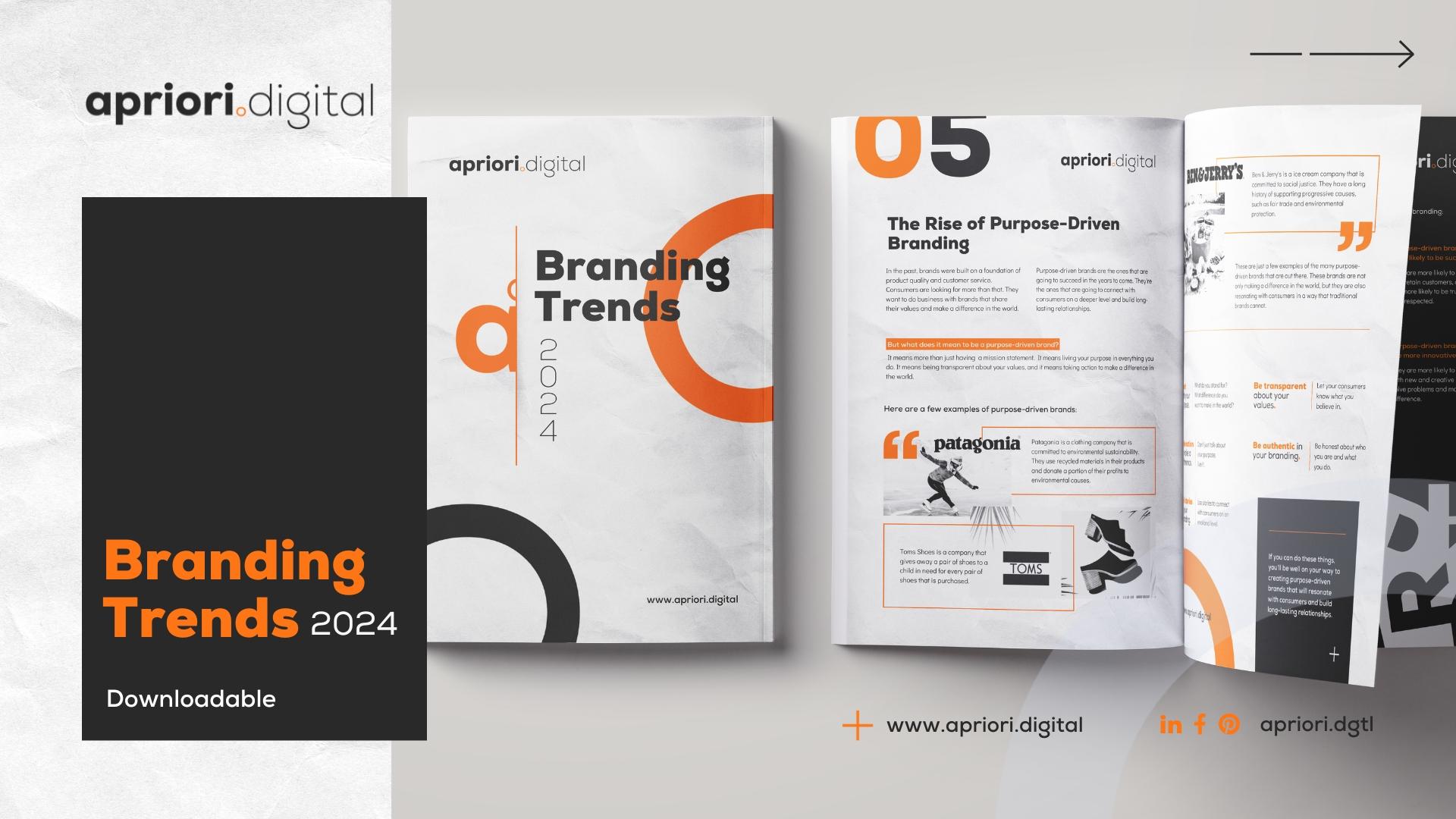In the dynamic world of digital experiences, User Experience (UX) and User Interface (UI) design play pivotal roles in shaping customer satisfaction and loyalty. Imagine your favorite app or website; what keeps you coming back for more? It’s often the seamless navigation, intuitive design, and personalized touches that enhance your overall experience. In this article, we’ll explore five game-changing UX/UI features poised to revolutionize customer experience {in the digital space}, elevating your brand above the competition.
Personalization for Tailored Experiences
Personalization is no longer just a buzzword; it’s a strategic imperative in today’s hyper-competitive digital landscape. By leveraging data analytics and machine learning algorithms, businesses can craft bespoke experiences that resonate with individual users.
- Enhanced Engagement: Tailored content and recommendations lead to higher engagement rates, as users feel understood and valued.
- Increased Conversions: Personalized product suggestions or promotions can significantly boost conversion rates by aligning with users' preferences and needs.
- Improved Customer Retention: Tailored experiences make customers more likely to return, as they perceive a unique value that matches their specific interests and requirements.
Example: Think of Netflix’s recommendation system, which suggests movies and shows based on your viewing history and preferences. This personalized approach keeps users hooked, leading to longer watch times and higher customer satisfaction.
Seamless Omnichannel Experience
In today’s multi-device world, customers expect a seamless transition as they move between different platforms and touchpoints. Crafting an omnichannel experience ensures consistency and coherence across all channels, whether it’s a website, mobile app, or social media platform.
- Unified Brand Identity: Consistent branding elements and user interface design create a cohesive brand identity, reinforcing brand recall and trust.
- Streamlined Customer Journey: By integrating data and insights from various channels, businesses can create a smoother customer journey, reducing friction points and enhancing satisfaction.
- Enhanced Customer Insights: Seamless integration across platforms allows for the gathering of comprehensive data, providing deeper insights into customer behaviors and preferences, enabling further refinement of strategies.
Example: Starbucks seamlessly integrates its mobile app with its in-store experience, allowing customers to order ahead, earn rewards, and make payments, regardless of the channel they choose. This cohesive omnichannel strategy strengthens customer loyalty and increases convenience.
Check out some of our work
Accessibility for Inclusive Design
Accessibility is not only a legal requirement but also a moral imperative and a business opportunity. By designing with inclusivity in mind, businesses can cater to a wider audience, including people with disabilities, elderly users, and those with temporary impairments.
- Expanded Reach: Accessible design ensures that everyone, regardless of their abilities, can access and use your digital products or services, broadening your potential customer base.
- Compliance and Reputation: Adhering to accessibility standards not only mitigates legal risks but also enhances your brand's reputation as socially responsible and inclusive.
- Reduced Barriers to Entry: By removing accessibility barriers, you enable a broader spectrum of users to interact fully with your digital offerings, thus maximizing market reach.
Example: Apple’s VoiceOver feature, which provides spoken descriptions of on-screen elements, enables visually impaired users to navigate and interact with iOS devices effortlessly. By prioritizing accessibility, Apple enhances the usability of its products and fosters goodwill among users.

Immersive Interactivity for Engaging Experiences
In the age of short attention spans and information overload, interactive elements can captivate users and keep them engaged . Whether it’s gamified features, interactive storytelling, or dynamic animations, incorporating interactivity can elevate the user experience to new heights.
- Enhanced User Engagement: Interactive elements invite active participation, making the user experience more memorable and enjoyable.
- Effective Communication: Complex concepts or processes can be simplified and communicated effectively through interactive visuals or simulations, improving comprehension and retention.
- Increased Time on Site:Interactive and engaging content can increase the amount of time users spend on a site, leading to higher chances of conversion and deeper engagement.
Example: Duolingo gamifies the language learning experience by incorporating interactive exercises, progress tracking, and rewards. This approach not only makes learning fun and addictive but also keeps users motivated to achieve their language learning goals.
AI-Powered Chatbots for Instant Support
With the rise of instant messaging and conversational interfaces, AI-powered chatbots have emerged as valuable tools for providing real-time support and assistance. By leveraging natural language processing (NLP) and machine learning, chatbots can deliver personalized responses and streamline customer service processes.
- 24/7 Availability: Chatbots can provide round-the-clock support, addressing user queries and issues instantly, regardless of the time zone or location.
- Efficiency and Scalability: Chatbots automate routine tasks and inquiries, freeing up human agents to focus on more complex issues, thereby improving efficiency and scalability.
- Personalized Interactions:Advanced AI chatbots can learn from user interactions to deliver more tailored and context-aware responses, enhancing the personalization of support.
Example: The chatbot deployed by H&M assists customers with product recommendations, sizing queries, and order tracking, enhancing the overall shopping experience. By offering instant assistance, H&M improves customer satisfaction and loyalty while reducing support costs.
Knowledge Tip
Regularly solicit feedback from users to identify pain points and areas for improvement in your digital experience. This iterative approach ensures that your UX/UI design remains aligned with user preferences and expectations, driving continuous enhancement of the customer experience.
Bonus Round: Visual Search for Intuitive Discovery
Visual search technology allows users to search for products or information using images rather than text. By integrating visual search capabilities into your digital platforms, you empower users to discover relevant content effortlessly, enhancing their overall experience.
- Enhanced User Experience:Visual search streamlines the search process, enabling users to find what they're looking for quickly and intuitively.
- Inspired Discovery: Visual search inspires serendipitous discovery, allowing users to explore related products or content based on visual similarities.
Example: Pinterest’s visual search feature enables users to find similar products or images by simply uploading a photo. This intuitive feature not only simplifies the search process but also encourages users to explore and engage with more content.
Follow us on socials
Conclusion
In the competitive landscape of digital experiences, investing in innovative UX/UI features is no longer a luxury but a necessity. By prioritizing personalization, omnichannel consistency, accessibility, interactivity, and AI-driven support, businesses can elevate their customer experience to unprecedented levels, fostering loyalty, satisfaction, and advocacy. Embracing these game-changing features will not only differentiate your brand but also propel it towards sustained success in the ever-evolving digital ecosystem. It’s time to transform your digital presence and delight your customers at every touchpoint.
You might be interested in

5 Design Innovations Transforming E-commerce
Explore how five design innovations are transforming e-commerce to enhance user experience and boost conversions.

4 Emerging Technologies Reshaping Graphic Design
Discover the transformative impact of emerging technologies on graphic design. From AI and AR to sustainable practices, explore the future of design innovation today!






